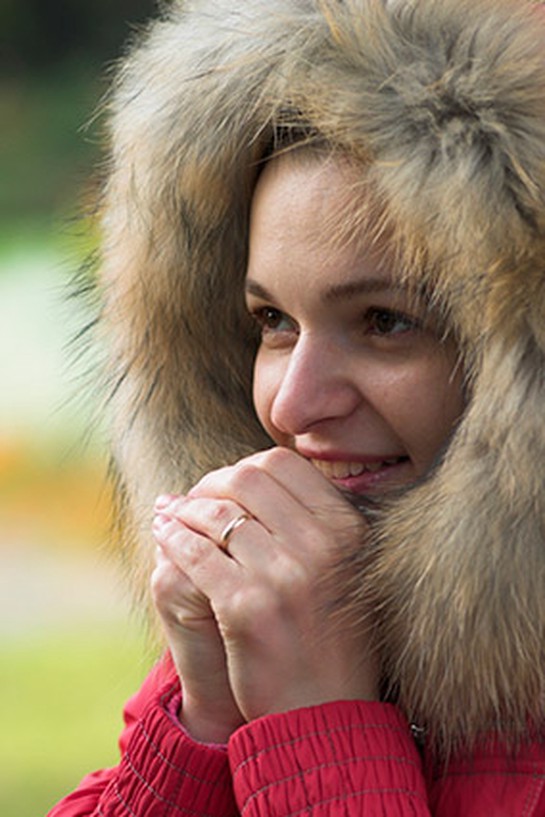Bizarre Questions People Ask Doctors
Although we may not all have the audacity, imagination or time to bring up these topics during our doctor's appointments, we're still dying to know the answers.
By Corrie Pikul
"Why don't we get goose bumps on the face?"
We do get them on our cheeks, says Jessica Krant, MD, a board-certified dermatologist and assistant clinical professor at SUNY Downstate Medical Center. Goose bumps, or cutis anserine, occur where we have hair—pretty much everywhere except for our palms and soles of feet, Krant says. She breaks down the process: Each hair follicle contains a microscopic muscle called arrectores pilorum that contracts in response to the sensation of cold, or the feelings of fear or excitement. The reason most of us, especially women, don't notice goose bumps on our face is because the peach fuzz there is usually fine and short, and our facial skin muscles are less robust than those in our arms and legs. Krant adds that if you find goose-pimply bumps on any part of your body that don't seem to be affected by fear or temperature, you might have keratosis pilaris, an eczema-like condition caused by inflamed follicles.
Published 03/04/2013
As a reminder, always consult your doctor for medical advice and treatment before starting any program.


